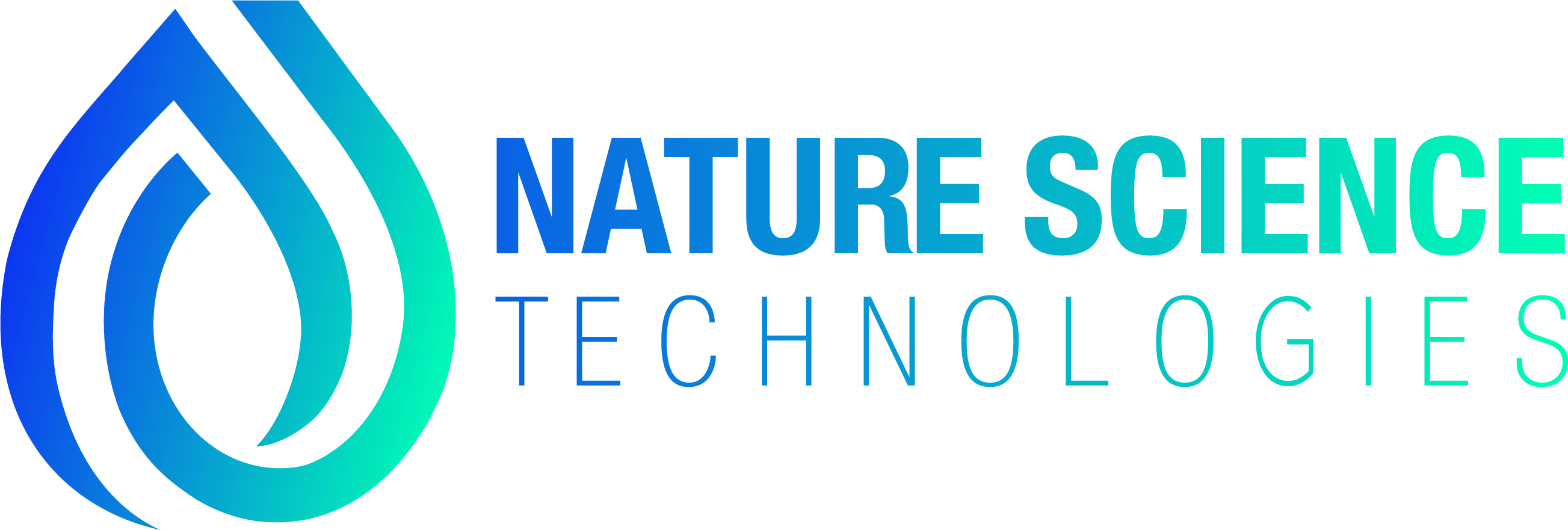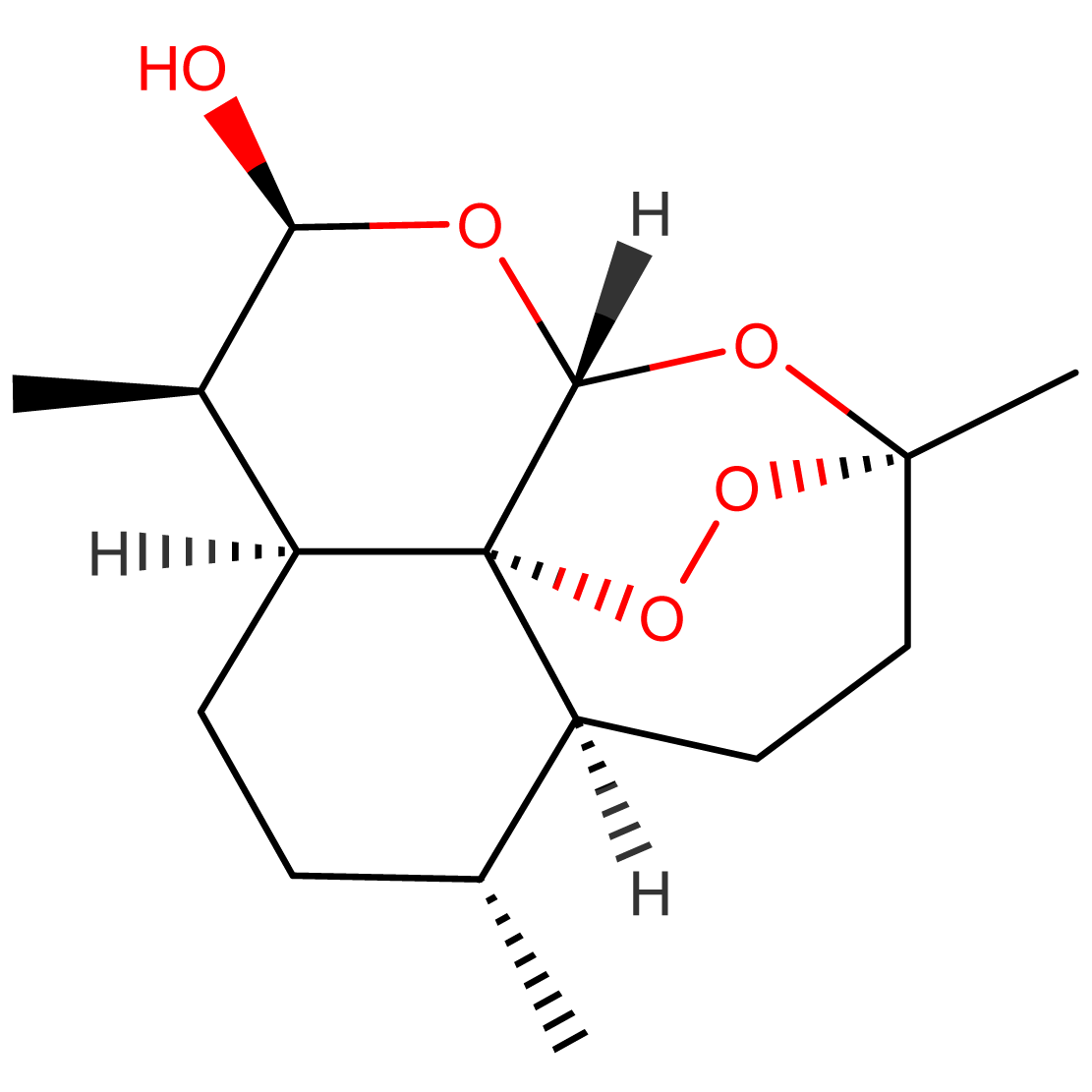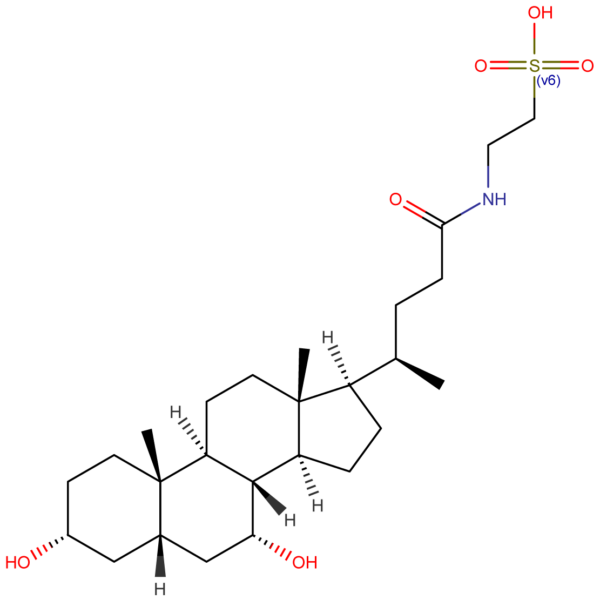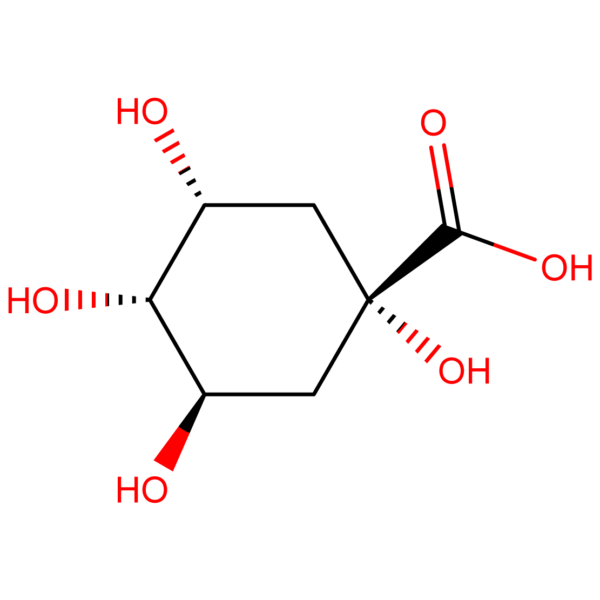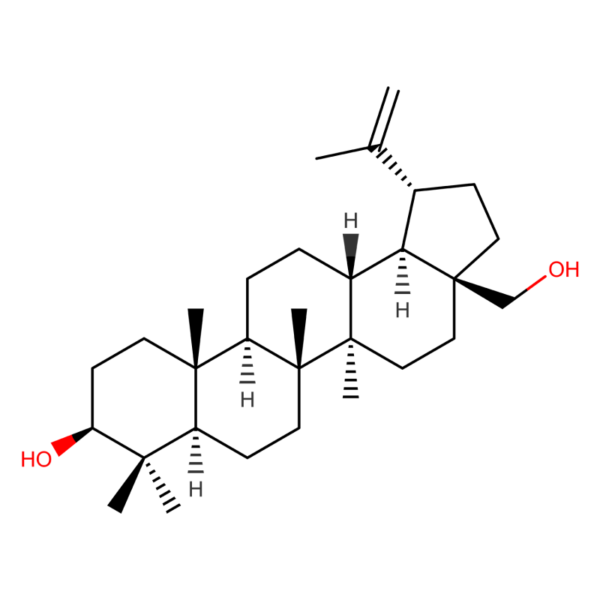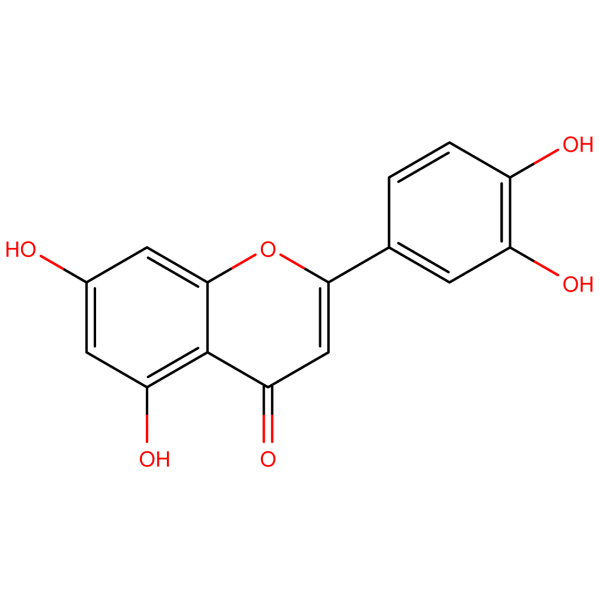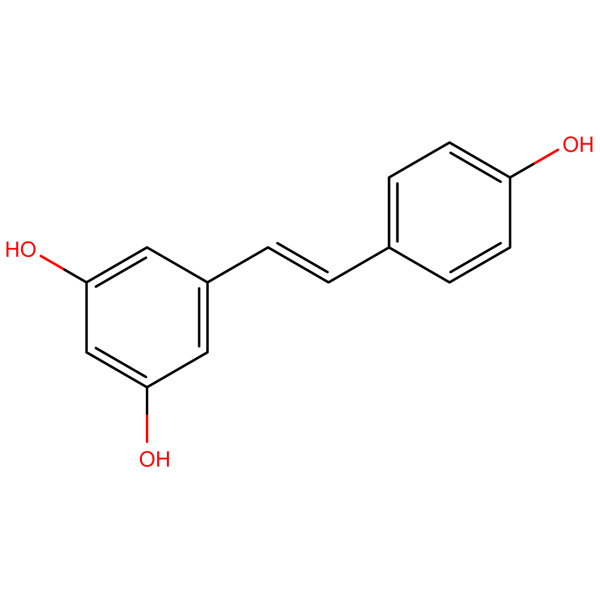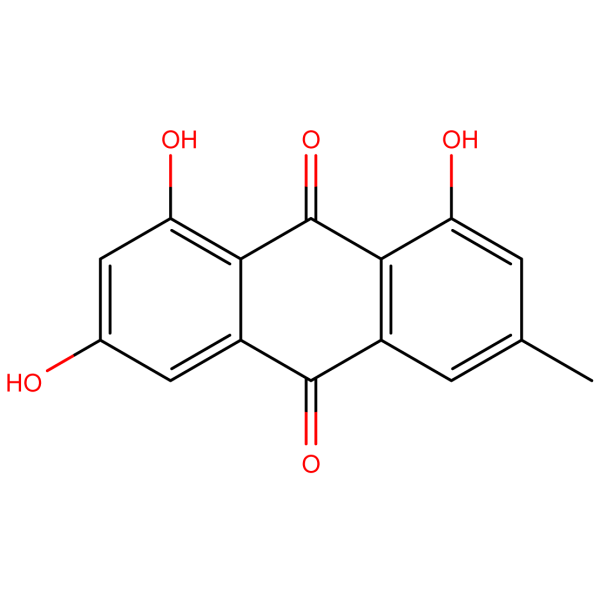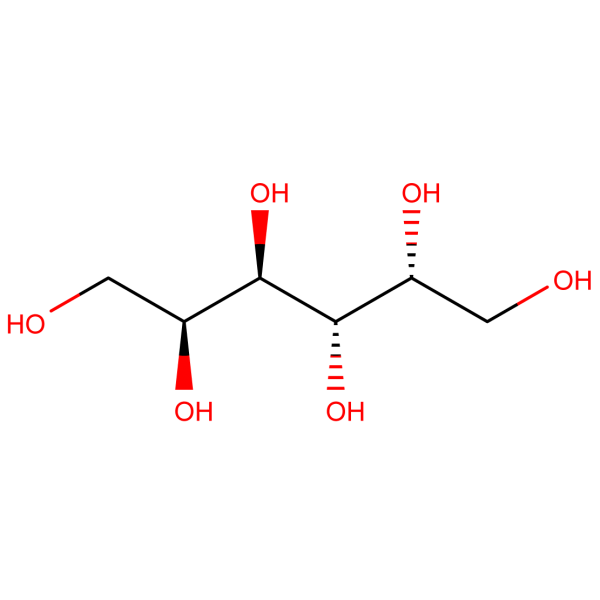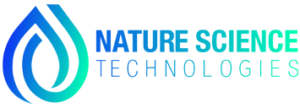Dihydroartemisinin: Advancing Antimalarial Research
1. Molecular Identity
- Chemical Name: (3R,5aS,6R,8aS,9R,12S,12aR)-Octahydro-3,6,9-trimethyl-3,12-epoxy-12H-pyrano[4,3-j]-1,2-benzodioxepin-10(3H)-one
- CAS Number: 71939-50-9
- Source: Semi-synthetic derivative of artemisinin, originally isolated from Artemisia annua (sweet wormwood)
2. Biochemical Significance
Dihydroartemisinin is a potent antimalarial compound and the active metabolite of artemisinin derivatives. Its unique endoperoxide bridge is crucial for its mechanism of action, making it a key component in current antimalarial therapies and a subject of ongoing research in drug development.
3. Key Research Properties
- Antimalarial Activity: Exhibits rapid and potent action against Plasmodium parasites
- Anticancer Potential: Shows promise in various cancer cell lines
- Anti-inflammatory Effects: Demonstrates ability to modulate inflammatory responses
- Antiviral Properties: Indicates potential activity against certain viruses
4. Potential Research Applications
- Malaria treatment and prevention studies
- Cancer research, particularly in drug-resistant tumors
- Inflammatory disorder investigations
- Antiviral drug development
5. Current Research Focus
Ongoing studies are investigating Dihydroartemisinin’s effects on:
- Drug-resistant malaria strains
- Various cancer types and mechanisms of action
- Autoimmune and inflammatory conditions
- Viral replication processes
6. Formulation Challenges and Innovations
Researchers are actively working on:
- Enhancing stability and bioavailability
- Developing targeted delivery systems for non-malarial applications
- Creating combination therapies to prevent resistance development
7. Regulatory Considerations
Dihydroartemisinin (CAS 71939-50-9) is a key component of WHO-recommended antimalarial therapies. Its use in other therapeutic applications would require additional regulatory approvals based on safety and efficacy data.
8. Future Research Directions
The scientific community anticipates:
- Advanced clinical trials for non-malarial indications
- Development of new artemisinin-based combination therapies
- Exploration of novel synthetic analogues with enhanced properties
9. Collaborative Opportunities
We invite researchers, pharmaceutical companies, and academic institutions to explore the research potential of Dihydroartemisinin. For inquiries, collaborations, or to discuss how Dihydroartemisinin can benefit your research projects, please contact us at sales@nstchemicals.com.
Join us in advancing the understanding and application of Dihydroartemisinin – a crucial compound in the fight against malaria and a promising candidate for diverse therapeutic applications.
